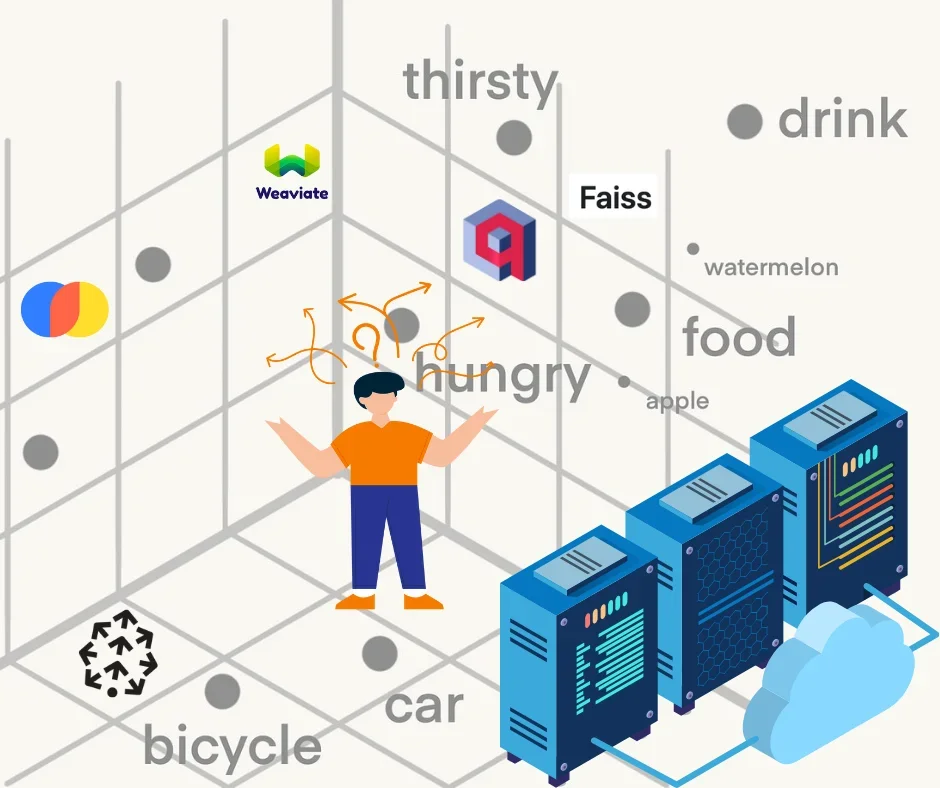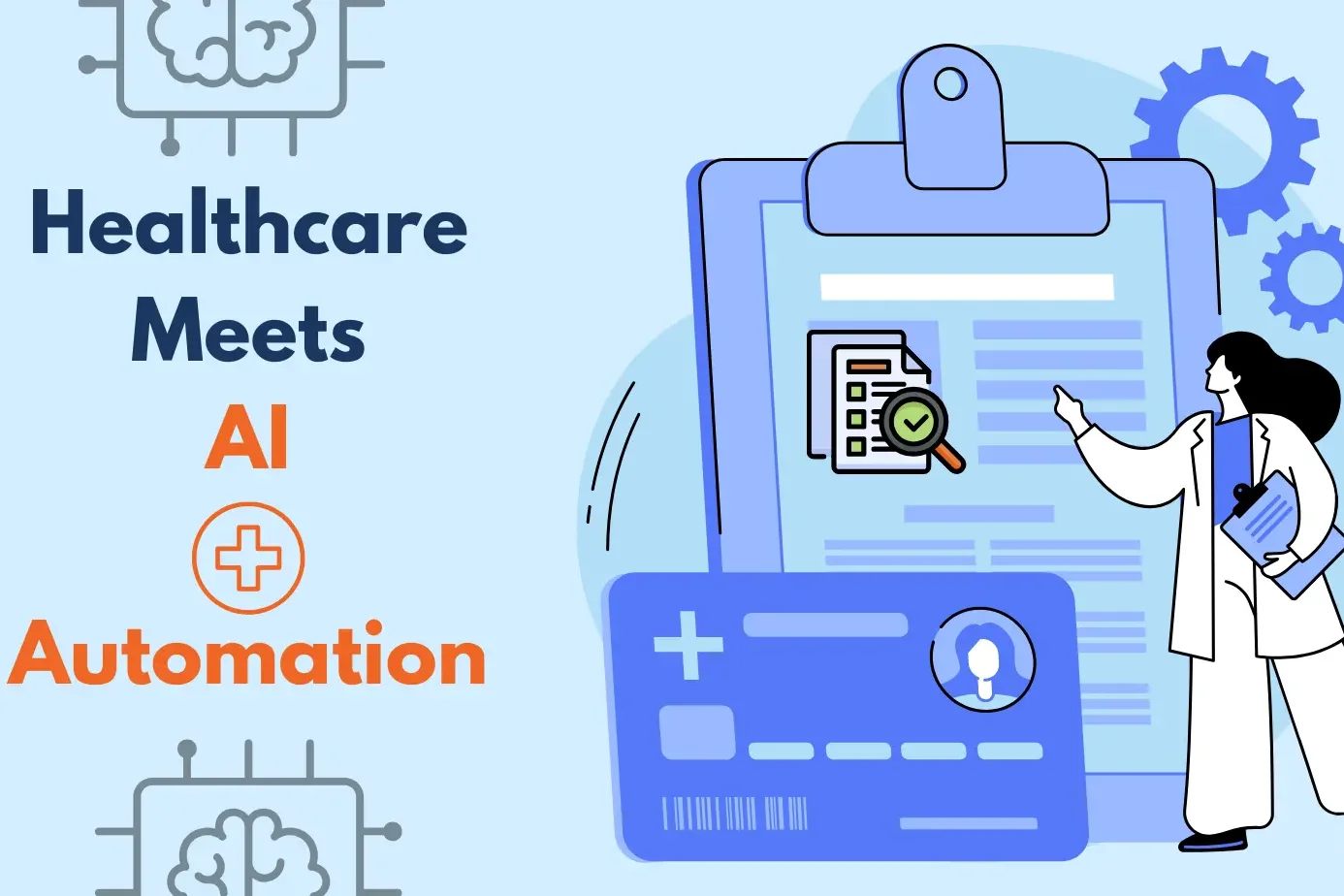Delving into a multi-dimensional DB: Vector Databases
In this digital era, search engines are not just used for searching text-based queries, it has expanded its capabilities and has gone further towards searching anything which the machines can comprehend.
If you are looking for an image or voice file in the vast sea of data, today it is possible to get a very precise result. This works due to Vector databases, one of the most advanced innovations in technology and AI.
Vector databases have been designed to handle multi-dimensional data points, often known as vectors, in contrast to standard databases that store scalar values. These vectors can be compared to arrows pointing in a specific direction and magnitude in space, each representing data in several dimensions.
How do they differ from Relational & SQL Databases?
Relational and SQL databases have been developed to handle certain forms of organized and semi-structured datasets, but vector databases, via high-dimensional vector embeddings, are most suitable for unorganized data sets. To manage vector embeddings and facilitate effective vector search, vector databases are AI-native.
Why are Embeddings Crucial?
The ability of machines to read and understand information in a digital form—a requirement for machine learning and artificial intelligence makes vector embeddings significant. They enable us to find patterns and relationships in the data, allowing us to store and analyze it in a highly scalable and efficient manner that produces insightful analysis and more precise forecasts.
What Makes or Breaks a Vector Database?
- Ability to Adapt – For vector databases to manage massive volumes of data, adaptability and scalability are essential. A strong vector database should be able to expand to millions or even billions of elements with ease over several nodes. The finest vector databases are flexible, enabling users to adjust the system in response to changes in the underlying technology, query and insertion rates. This guarantees that the system can meet the requirements of the user’s application and operate at its optimum performance.
- Security & Multi-User Capabilities – Vector databases need to incorporate data privacy and multi-user support. Although it is common for databases to support numerous users, it is impractical to create a separate vector database for every user. Vector databases place a high priority on data isolation, making sure that any modifications made to one collection of data remain hidden from the others unless the owner knowingly shares them. This guarantees data confidentiality and privacy while also supporting multi-tenancy. The best vector databases allow users to adjust the system in response to shifts in the underlying technology, query and insertion rates.
- API Capability– One of the most important aspects of a vector database is its extensive suite of APIs. It assures us that the system can be efficiently maintained and that it can communicate with a variety of applications. Platforms such as Pinecone vector database, offer SDKs in a range of programming languages, including Java, Python, Node, and Go, giving flexibility in both development and administration.
Modernizing Diagnosis in Healthcare with Vector Databases
Consider speaking with a physician over a personal health concern. Without knowledge of the circumstances surrounding your disease, the doctor would be unable to make an appropriate diagnosis. Before making a diagnosis, they would investigate, test, and obtain pertinent data. The ability of LLMs (also depends on how good the prompt engineering is done) access correct, industry-specific documents and information is improved by their integration with vector databases, much like a physician needs contextual information to make appropriate diagnoses Thus, Vector databases easily have a huge scope in healthcare.
Know the Applications
- Precision Healthcare – Patient Similarity Analysis: Employ advanced analytics to discern patients with shared characteristics, enabling tailored treatment plans and expediting research initiatives. Wearable Device Data Analysis: Scrutinize data sourced from fitness trackers and smartwatches to deliver personalized health recommendations, monitor patient progress, and proactively identify potential health issues.
- Cutting-edge Research – Genomic Data Analysis: Manage multi-dimensional genomic data to pinpoint disease-causing mutations and uncover shared genetic patterns, advancing our understanding of individual genetic profiles. Medical Imaging Analysis: Extract feature vectors from medical images for efficient similarity searches, aiding in automated disease diagnosis, treatment planning, and ongoing patient progress monitoring.
- Drug Discovery and Development – Identify Promising Drug Candidates: Leverage multi-dimensional data on chemical compounds, protein structures, and drug-target interactions to pinpoint potential drug candidates, predict interactions, and optimize drug properties.
- Enhanced Patient Care – Patient Health Monitoring and Predictive Analytics: Track patient progress and discern early warning signs by analyzing multi-dimensional patient data over time, ensuring proactive and personalized healthcare. Healthcare Provider Performance Analysis: Identify best practices, detect anomalies, and facilitate data-driven decision-making in healthcare management through comprehensive analysis of multi-dimensional healthcare provider performance data.
- Public Health Initiatives– Epidemiological Modeling and Disease Surveillance: Manage multi-dimensional data on disease spread, risk factors, and population characteristics to enhance disease surveillance, pinpoint high-risk areas, and design targeted interventions for effective public health initiatives.
Extending Towards Industries
- Retail – Vector databases are changing the way that people shop in the competitive retail sector. They make it possible to develop sophisticated recommendation systems that design unique shopping experiences. For example, product suggestions could be sent to an online customer not only from previous purchases but also from comparisons of product features, customer behavior, and choices.
- Finance – The financial industry is full of complex trends and patterns. Financial analysts can find important trends for investment strategies with the assistance of vector databases, which are excellent at processing this vast amount of data. Through identifying small parallels or differences, they can predict market trends and create more accurate investment strategies.
- Media – It is crucial to be able to precisely compare and comprehend images, whether they be from security film or medical scans. By eliminating noise and distortions and focusing on the key elements in photos, vector databases simplify this process. For example, images from video feeds can be quickly examined in traffic management to improve public safety and traffic flow.
Bring AI Into Your Organization
Streamline All Departments in Your Company with impactful AI/ML Solutions & Services!
Meeting the Best Vector Databases
1) Chroma
Chroma vector database is an open-source vector database. Text, images, and audio are among the several data formats that Chroma can handle. Chroma provides SDKs for many programming languages, including Java, Python, Node, Go giving flexibility in management and development.
With solely a single command, Chroma is simple to use and install. A basic API for adding, querying, and deleting data is also provided. Many underlying storage choices are supported by Chroma, such as ClickHouse for scalability and DuckDB for standalone use. Popular LLMs, such as the open-source all-MiniLM-L6-v2 LLM made by the Sentence Transformers project, can be integrated with Chroma.
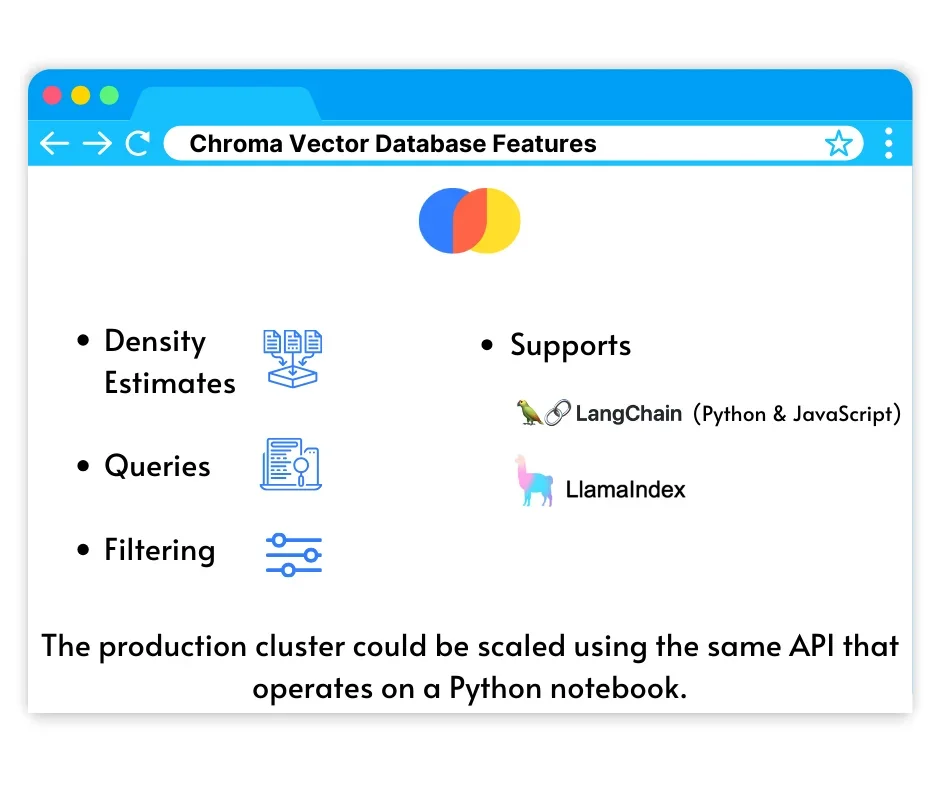
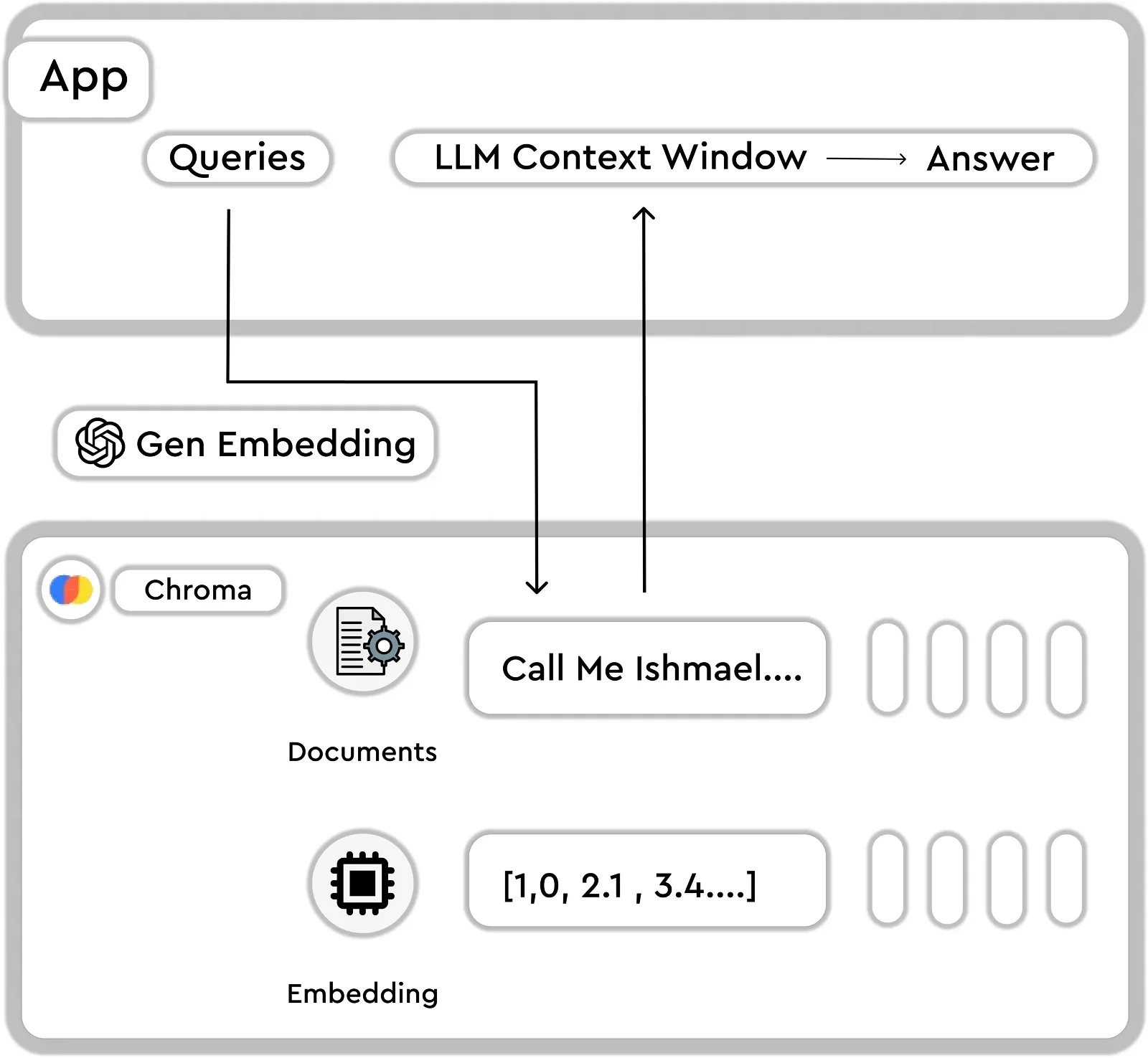
2) Pinecone
The Pinecone vector database is designed to tackle the difficulties posed by high-dimensional data. With its state-of-the-art indexing and search features, data scientists and engineers can build and deploy massive machine learning applications that efficiently handle and evaluate high-dimensional data.
Pinecone is a managed database that powers artificial intelligence for the top businesses globally. It is serverless and can produce amazing applications using Generative AI up to 50 times faster and at a far lower cost. Pinecone offers SDKs for Python, Node, Go, and Java, among other programming languages, guaranteeing freedom in both development and maintenance.
Some notable features of Pinecone vector database are:
- Real-time data ingestion
- Integration capabilities (LangChain)
- Scalability
- Less Latency
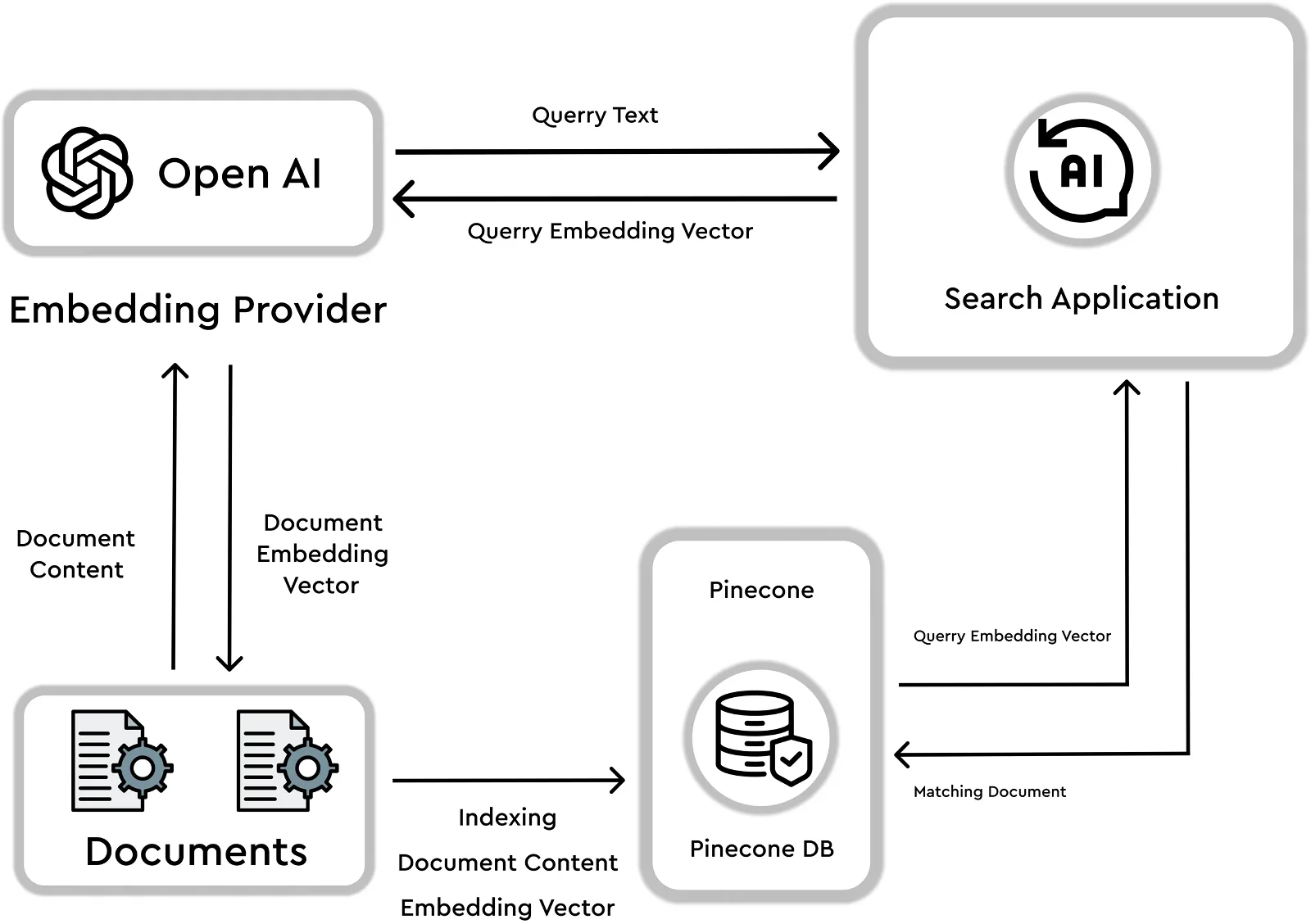
3) Faiss
Faiss vector database is used to quickly find commonalities and group dense vectors together. It has algorithms that can search through vector sets of different sizes, even larger than what RAM can hold. Faiss also provides auxiliary code for parameter adjustment and assessment.
Although it is mostly developed using C++, Python/NumPy interaction is fully supported. Several of its important algorithms can also be executed on a GPU. Faiss is primarily developed by the Meta group’s Fundamental AI Research group.
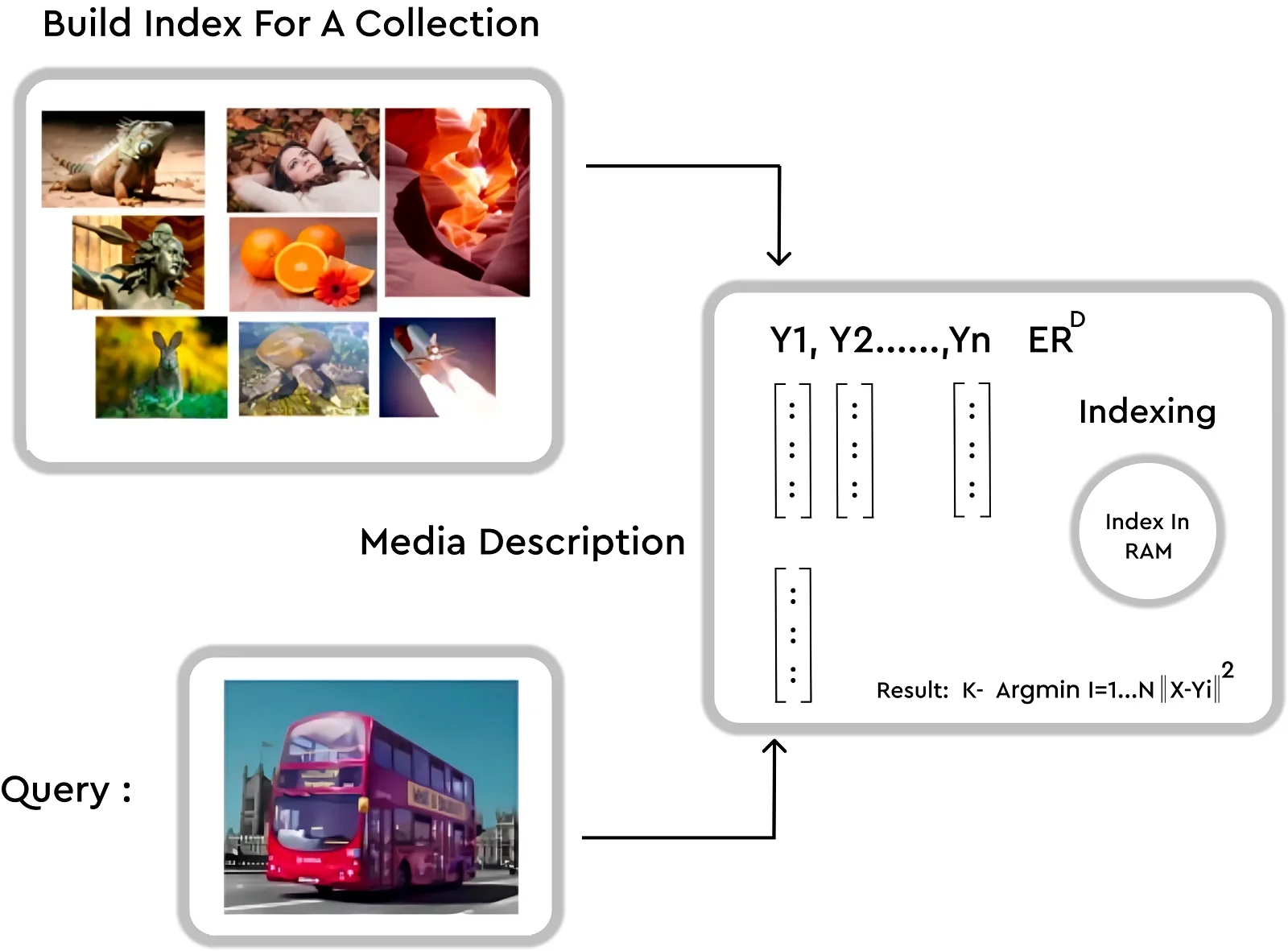
4) Qdrant
With its sophisticated and highly effective vector similarity search technology, Qdrant vector database and vector similarity search engine can power the upcoming generation of AI applications.
It launched as an API service that allows users to look for the closest high-dimensional vectors. Neural network encoders or embeddings can be fully functional applications for matching, searching, recommending, and much more with Qdrant
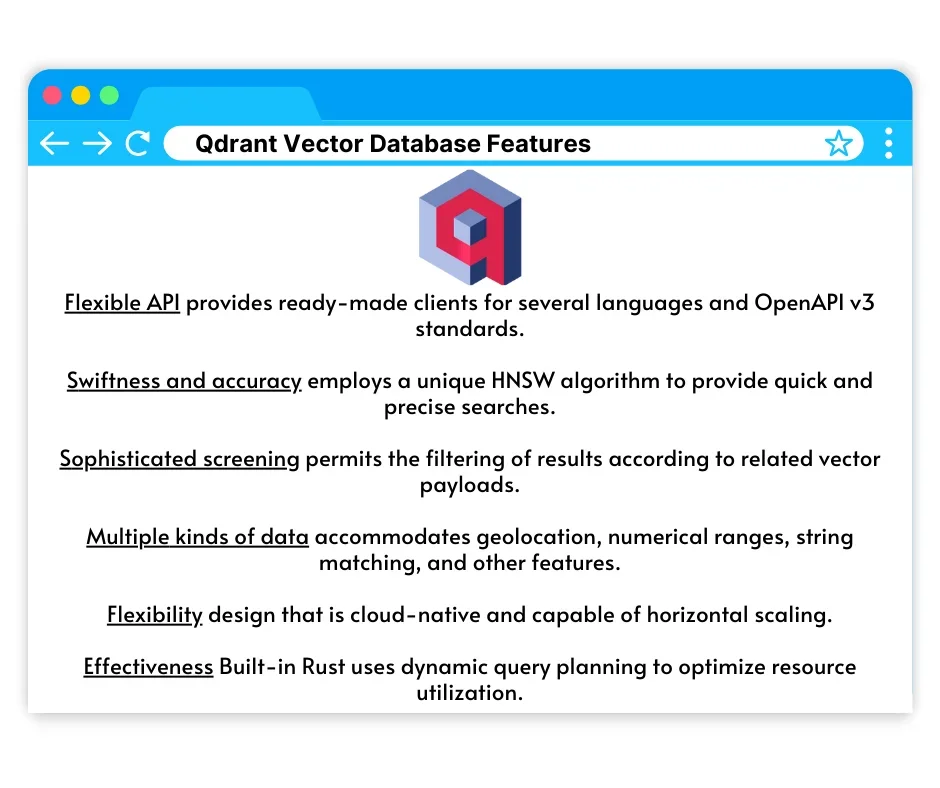
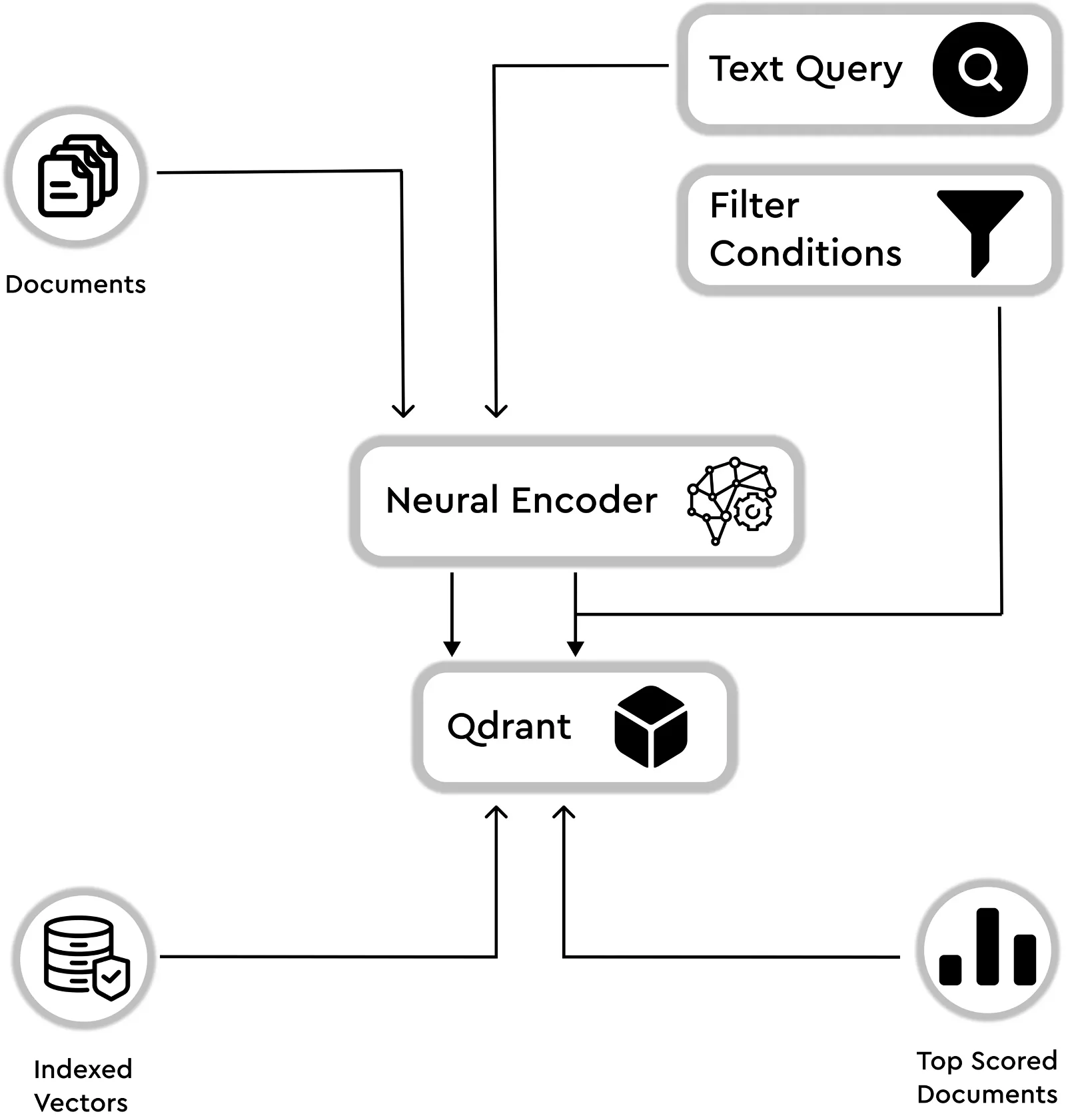
4) Weaviate
Weaviate vector database is an open-source platform. It scales effortlessly into billions of data items and lets you store vector embeddings and data objects from your preferred machine learning models.
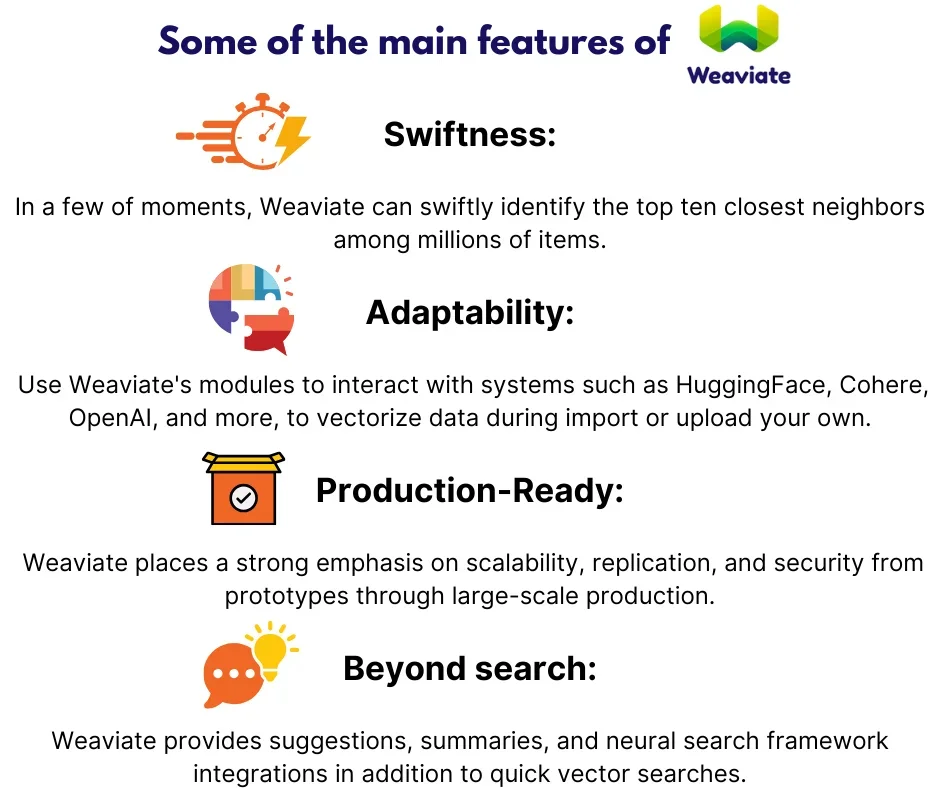
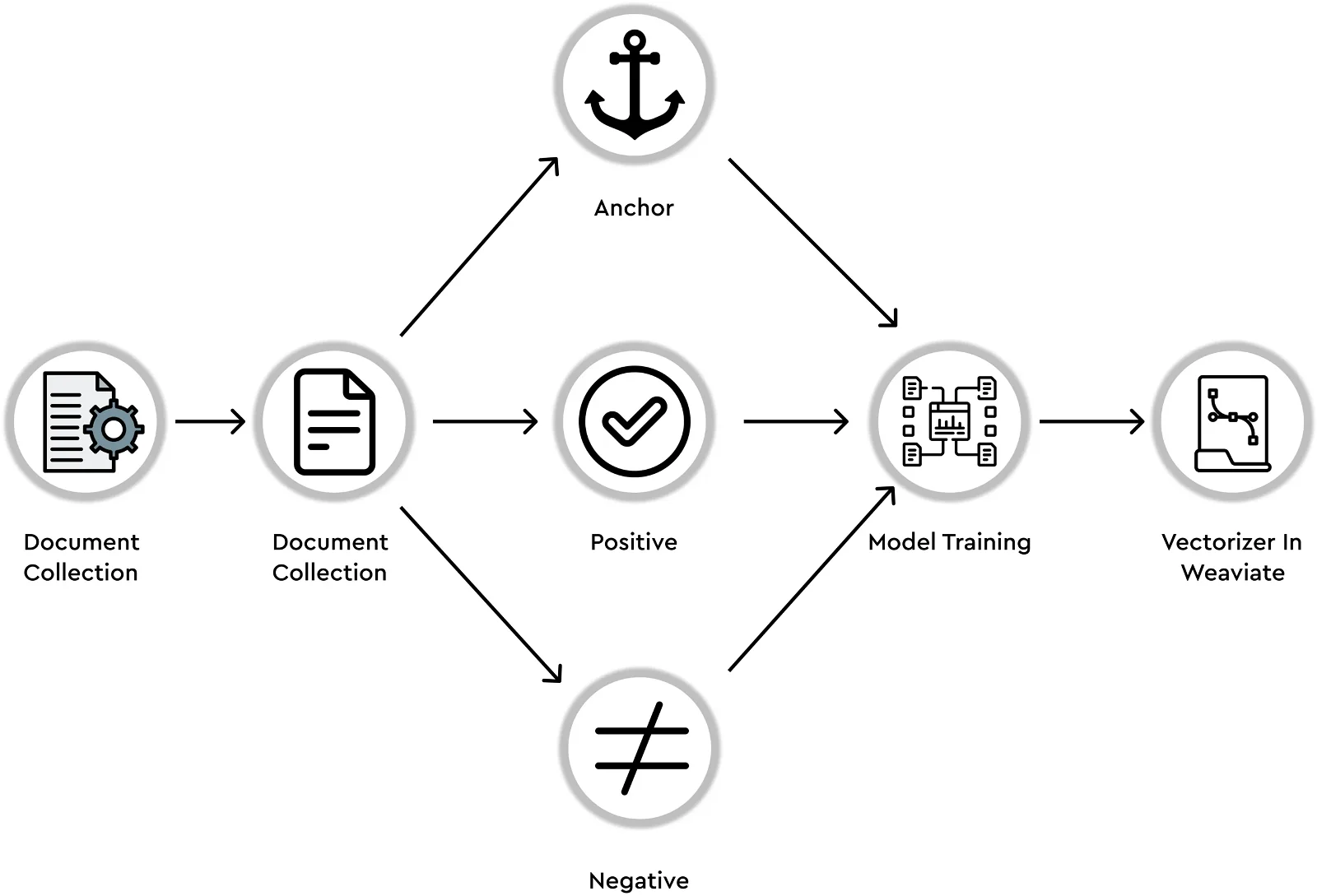
Winding Up
Vector databases revolutionized data management because of their exceptional capacity to process highly dimensional data and enable complex analysis. Benefits like better query efficiency and similarity search and matching are significant for businesses in a broad range of sectors.
We have seen the best vector databases above; they are self-evolving in nature. Pinecone vector database, Qdrant vector database, Faiss vector database, Weaviate vector database, Chroma vector database, all 5 of them are the confident finalists for any organization to choose from. As on of the leading AI ML Service Provider in USA, Sunflower Lab possesses the expertise to design the finest applications for business needs.
In a continuous pursuit of finding all the problems your organization faces, even the ones which you are not aware of, we intend to build a better tomorrow for you with our digital services. Contact our experts today.
Drive Success with Our Tech Expertise
Unlock the potential of your business with our range of tech solutions. From RPA to data analytics and AI/ML services, we offer tailored expertise to drive success. Explore innovation, optimize efficiency, and shape the future of your business. Connect with us today and take the first step towards transformative growth.
You might also like
Stay ahead in tech with Sunflower Lab’s curated blogs, sorted by technology type. From AI to Digital Products, explore cutting-edge developments in our insightful, categorized collection. Dive in and stay informed about the ever-evolving digital landscape with Sunflower Lab.


